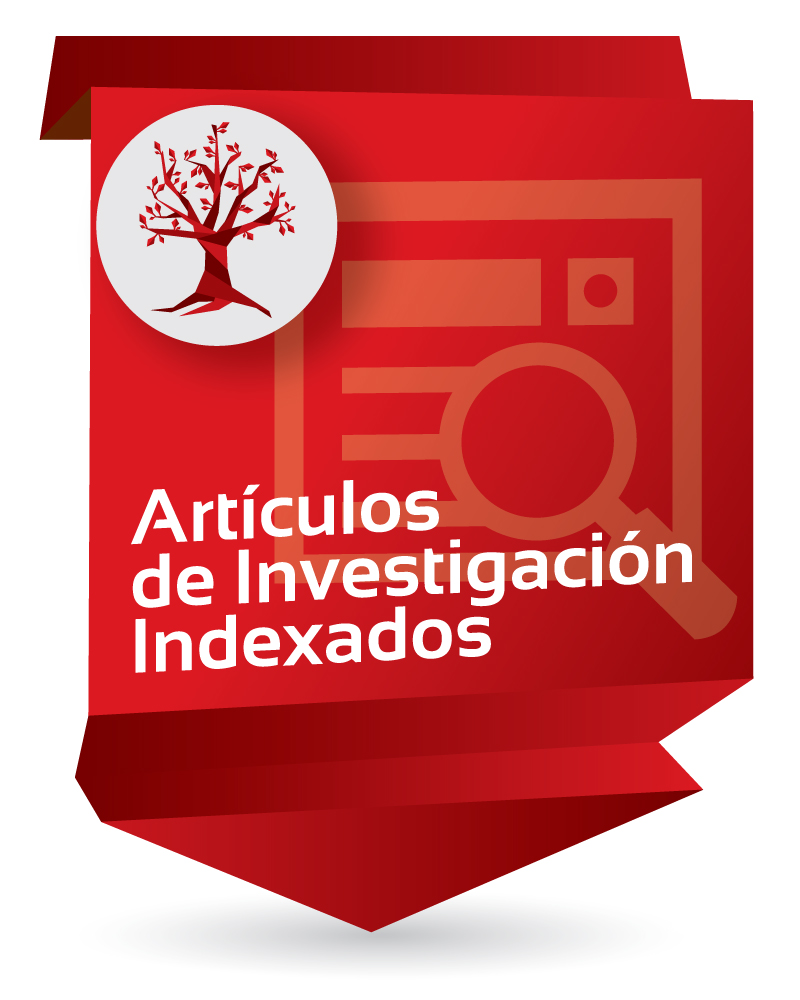Situated Practice in CLIL: Voices from Colombian Teachers

Enlaces del Item
URI: http://hdl.handle.net/10818/45256Visitar enlace: https://latinjournal.org/index ...
ISSN: 1692-5777
DOI: https://doi.org/10.26817/16925 ...
Compartir
Estadísticas
Ver as estatísticas de usoCatalogación bibliográfica
Apresentar o registro completoData
2019-06-21Resumo
The purpose of this exploratory qualitative study was to determine the factors and conditions that intervene in the implementation of CLIL (Content and Language Integrated Learning) in diverse Colombian educational contexts. This study was conducted at five private schools from different cities and towns in the country (Bogotá, Chía, Tenjo, Facatativá, and Girardot). Data was collected from three sources (interviews, questionnaires, and field journals). Data analysis procedures included the use of triangulation and validation procedures through the grounded theory approach. Findings revealed that teachers still have complications understanding CLIL as an approach that goes beyond the mere usage of the target language in content. Instead, the study advocates for the inclusion of essential lifelong skills (i.e. creativity, critical thinking, collaboration, and communication) when implementing CLIL in the classroom. Results also indicated that staged lesson planning is scarce, and that teachers’ practices still emphasize the scope and sequence plan provided by the textbook used in the institutions. Hence, the study supports the design and implementation of CLIL professional development programs that through scaffolding can assist teachers in viewing and situating CLIL as a dialogic pedagogical approach. Not only does the approach help teachers make use of their existing knowledge of CLIL, but also helps them materialize ways through which language and content can be integrated. It does so by making use of students’ primary knowledge and mapping achievable routes for effective educational enrichment not restricted to language and content classrooms but expanded into other formal and non-formal learning contexts.
Palabras clave
Ubicación
Education and Learning Research Journal, (18), 109-141

















